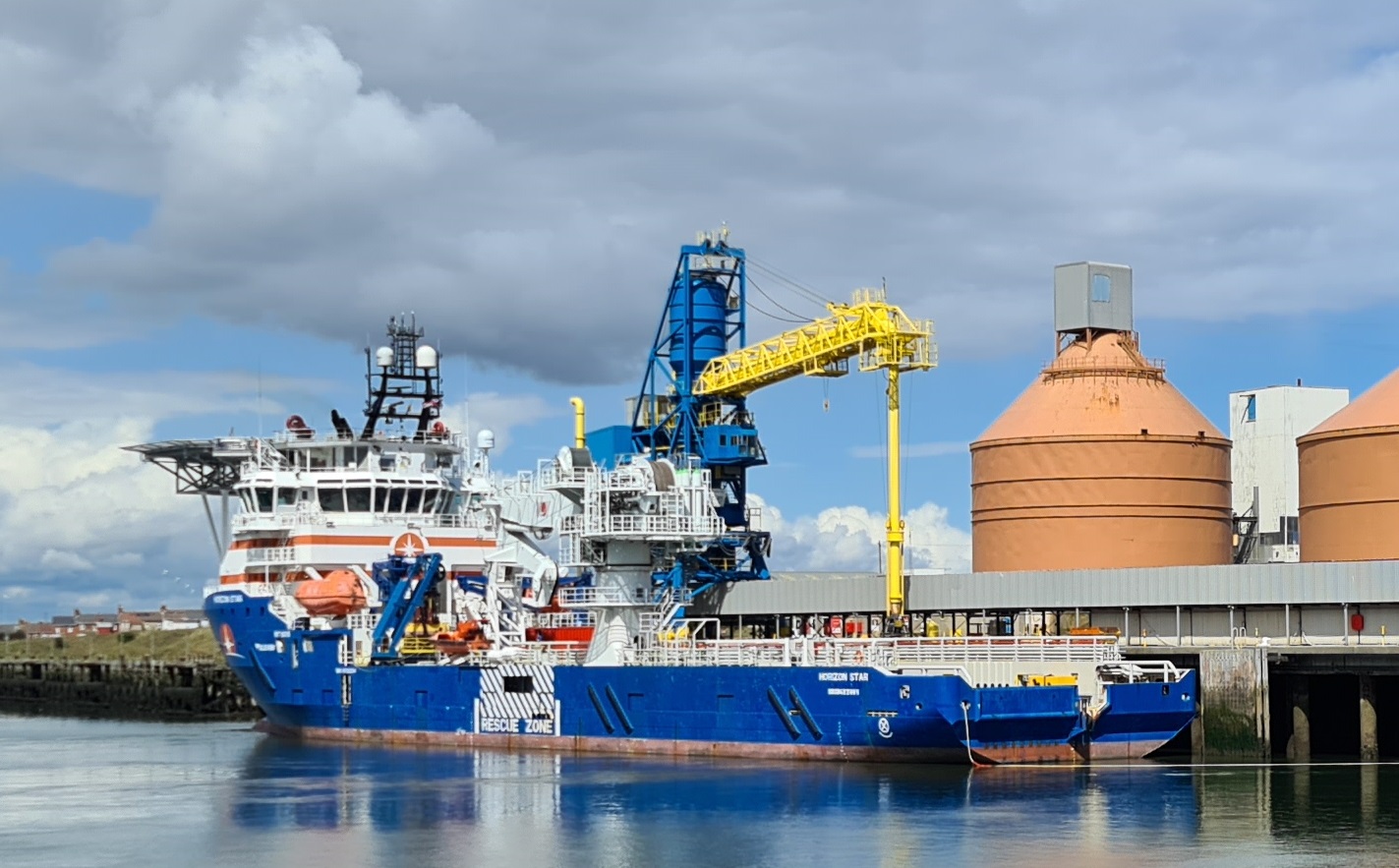
In terms of scale, the recently announced Pacific support vessel, ADV Reliant, is chicken feed compared to the Royal Australian Navy’s submarine and frigate projects, but these capability decisions have more in common than is immediately apparent. The recurring issue is an inverse relationship between strategy, concepts and platform acquisitions. Strategy should drive concepts, and concepts should drive what we buy.
When the government announced the Pacific step-up in 2017, it was a strategically sensible policy, if a little late. Then in 2018 it announced a commitment to a ‘large-hulled humanitarian and disaster relief vessel’ that would operate semi-permanently in the southwest Pacific. Why a single ‘large-hulled vessel’ was the best solution for humanitarian assistance and disaster relief was obscure at best. The only large vessels operating commercially in the region are those transiting through. The reason for that is simple: large vessels can only get into deep ports. The vessels that service the needs of most of the population are relatively shallow draft ferries and landing vessels.
In the kerfuffle about the broken commitment to build in Australia, a more important point has been missed. The Reliant is likely to be of limited use for disaster relief. In many disasters, ports and airfields are initially rendered inoperable. The coastal hydrography is often altered, drastically increasing the risk of running aground. Re-establishing ports and airfields and surveying the coast can take days or sometimes weeks. It is in this window that a disaster-relief ship really matters. When no port or airport is operable, you need a ship that can operate and support a useful number of helicopters and landing craft, or one that can itself get on and off a beach. The Reliant can’t do any of that.
The ship has a helipad but is not designed to carry or support a helicopter. There’s no access from the helipad to the cargo deck, so it will be limited to flying underslung loads from the deck, which will be prevented if the crane is in use, and maybe even if it isn’t. In any case, a team of suitably qualified personnel would be needed to prepare the loads for flying and to guide the helicopters.
The Reliant has enough space on its cargo deck for a landing craft or maybe two and has a large stabilised crane, so it might be possible to adapt it to operate a landing craft in due course, but it can’t do that now. It is, however, supposed to be ‘semi-permanently operating in the southwest Pacific’, so will it ‘semi-permanently’ embark landing-craft crews and maintainers? If so, where will they come from? Has the army committed to supplying them?
Without landing craft, no heavy items, like bulldozers or water trucks, will be going ashore. Will the landing craft about to be acquired under the Land 8710 project be designed to be craned, or stored on deck? If not, what happens when the venerable LCM-8 retires in a few years?
Even if all these issues are solved, cargo will still have to be craned over the side into the landing craft—a method long abandoned by anyone who is serious about this, for a host of reasons.
Defence paid $95 million for the Reliant, previously called Horizon Star. For comparison, it paid $100 million (in 2011) for the dock landing ship HMAS Choules. The Choules and the far more expensive Canberra-class landing helicopter dock can stand off from the shore and use their landing craft and helicopters to deliver what is needed to where it is needed. They can also make vast quantities of potable water, so essential in disasters. The Reliant can’t.
One type of commercial vessel that proliferates in our region is the large landing craft, because of where they can get to. With a little alteration, such as water-making capacity, they could be useful in a disaster. A fleet of three such vessels would have cost less to acquire and operate and could have been built in several yards around Australia. Three vessels provide a degree of redundancy for maintenance and refits. Most navies subscribe to the rule you need three to be assured of having one available. Murphy’s Law says the next big natural disaster will occur when the Reliant is being refitted.
A suitable Australian-designed and -owned ocean-going landing craft is currently nearing completion in an Indonesian yard and could have been bought, as the first of a small fleet, for about 20% of what was paid for the Reliant. As it is, that vessel is now being eyed up by both the US Department of Defense and a multinational petrochemical company, which will likely elevate its price.
We’ll probably never know who decided on a single large-hulled vessel, why, or what advice was provided by whom. Given the weaknesses of the platform selected, we must question whether there was any strategy linking the Pacific step-up policy to the Pacific support vessel requirement.
If this syndrome was confined to the Pacific support vessel it would be bad enough, but it’s not. Much of what Australia’s three services are buying is suboptimal for operations in the near region, which policy declares to be the priority area. Just one of the endless indications of this is the recent selection of the non-marinised Apache attack helicopter to support an allegedly maritime strategy. The cost in corrosion rectification every time these things go to sea will be eye watering, as has been well documented in the US and UK.
Perhaps the first thing an incoming defence minister should do after the election is demand a thorough audit of the links between Australia’s policy, strategy, operational concepts and force design.

